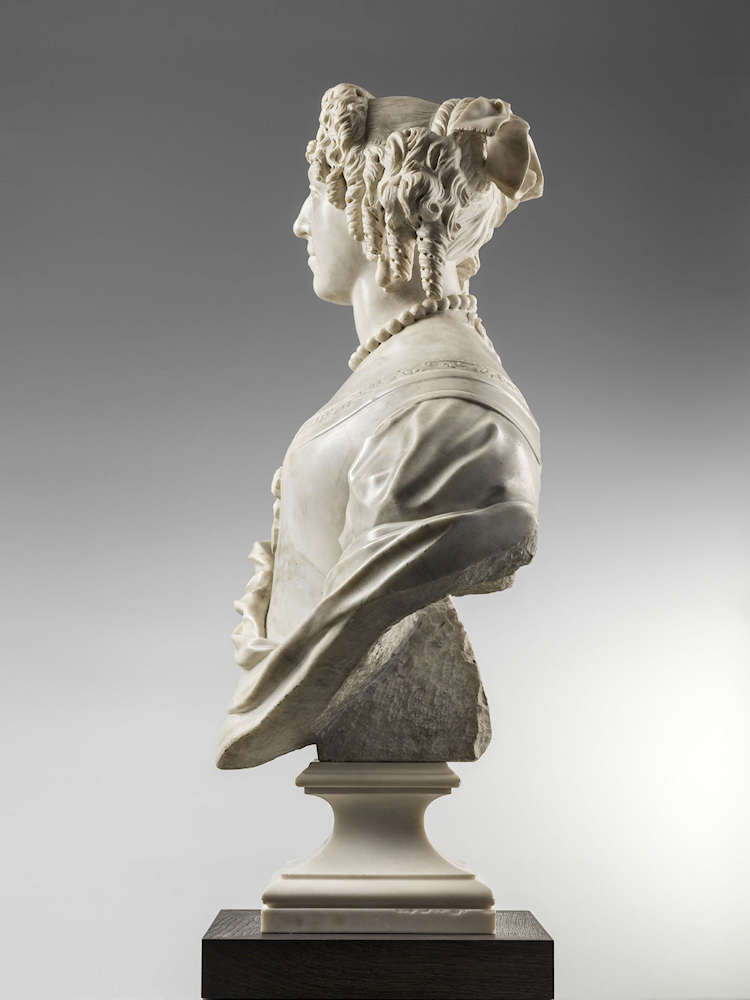Marguerite Louise d'Orléans (28 July 1645, Château de Blois – 17 September 1721, 15 Place des Vosges, Paris), French princess - a first cousin to Louis XIV - who became grand duchess of Tuscany as the - unhappy - wife of Cosimo III de' Medici. She was what we might now call a "free spirit," and you can read all about her
often turbulent life here.
*
Giovanni Battista (Giambattista) Foggini (25 April 1652, Florence – 12 April 1725, Florence), Italian sculptor known mainly for small bronze statuary. After training in Florence, at the age of twenty-one he was sent to Rome by Cosimo III de' Medici, grand duke of Tuscany - the husband of this post's subject - to attend the new
Accademia Fiorentina. There he apprenticed in the sculptural studio of Ercole Ferrata, a pupil of Algardi, and was tutored in drawing by the
Accademia's first director, Ciro Ferri, who was a pupil of Cortona. He returned to Florence three years later, and in 1686 was appointed grand ducal sculptor and within the decade became the court architect as well, the Medici's
Architetto Primario e Primo scultore della Casa Serenissima as well as
Soprintendente dei Lavori. The following year he acquired the foundry in Borgo Pinti that had once belonged to the sculptor Giambologna. This allowed him to specialize in small bronzes, produced mainly - and profitably - for export. His position with the Medici was prestigious and secure. In addition to busts of Florentine luminaries and the Medici, his major works include reliefs made for various chapels in Florence. His many pupils prolonged his style well past the middle of the eighteenth century, until the advent of Neoclassicism. He died in the place of his birth at the age of seventy-two.


,%20Portrait%20of%20Marguerite%20Louise%20d%E2%80%99Orl%C3%A9ans,%201687.png)

















.png)

.png)
.png)

.png)

























